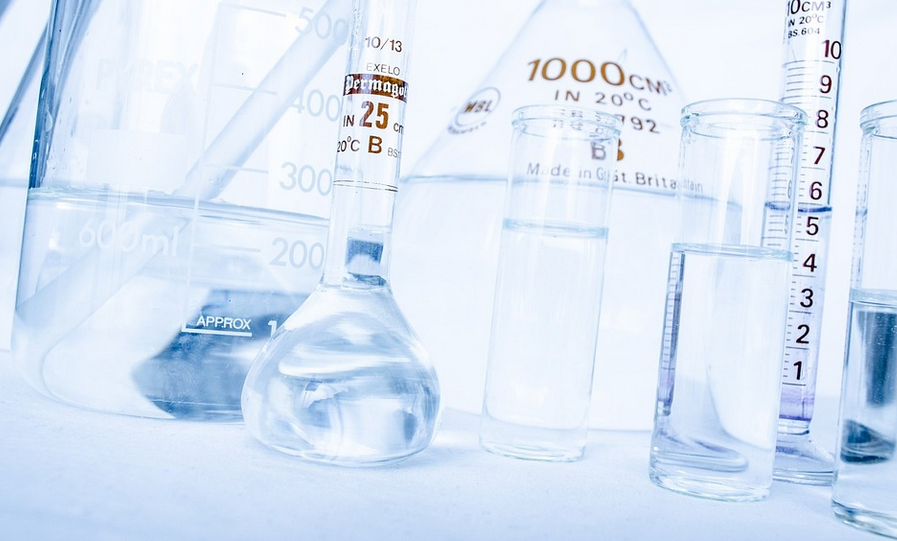Introduction
Chemical equations are used to represent chemical reactions in a concise and standardized way. Balancing chemical equations is an essential skill for anyone studying chemistry. In this article, we will provide a step-by-step guide on how to balance chemical equations.
Step 1: Write the Chemical Equation
The first step in balancing a chemical equation is to write the unbalanced equation. This equation should include the reactants and products of the chemical reaction. For example, the unbalanced equation for the reaction between hydrogen gas and oxygen gas to form water would be: H2 + O2 → H2O
Step 2: Count the Atoms
The next step is to count the number of atoms on each side of the equation. This will help you determine which atoms need to be balanced. In our example equation, we have: 2 hydrogen atoms and 2 oxygen atoms on the left side 2 hydrogen atoms and 1 oxygen atom on the right side
Step 3: Balance the Elements
Now that we have identified which atoms are not balanced, we can begin to balance them. In our example equation, we need to balance the oxygen atoms. To do this, we can add a coefficient of 2 in front of the water molecule on the right side of the equation: H2 + O2 → 2H2O
Step 4: Check the Balance
After balancing the oxygen atoms, we need to check if the equation is balanced. We can do this by counting the number of atoms on each side of the equation again. In our example equation, we have: 2 hydrogen atoms and 2 oxygen atoms on the left side 4 hydrogen atoms and 4 oxygen atoms on the right side
Step 5: Adjust the Coefficients
If the equation is not yet balanced, we need to adjust the coefficients until the number of atoms on each side of the equation is equal. In our example equation, we can balance the hydrogen atoms by adding a coefficient of 2 in front of the hydrogen gas molecule on the left side: 2H2 + O2 → 2H2O
Step 6: Check the Balance Again
After adjusting the coefficients, we need to check the balance of the equation again. In our example equation, we have: 4 hydrogen atoms and 2 oxygen atoms on the left side 4 hydrogen atoms and 4 oxygen atoms on the right side
Step 7: Final Check
Finally, we need to do a final check to make sure the equation is completely balanced. In our example equation, we have: 4 hydrogen atoms and 4 oxygen atoms on both sides
Conclusion
Balancing chemical equations may seem complicated at first, but by following these simple steps, you can easily balance any chemical equation. Remember to always double-check your work to ensure that the equation is completely balanced. With practice, balancing chemical equations will become second nature, and you will be able to tackle even the most complex chemical reactions with ease.

